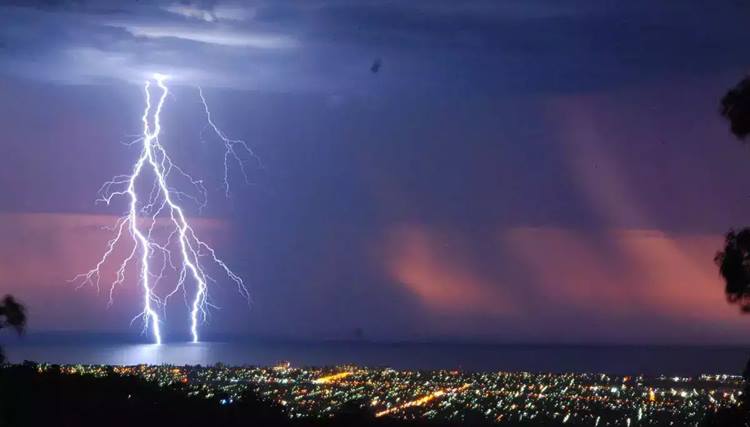This is why Lake Maracaibo is the Lightning Capital of the World
Venezuela has a body of water called Lake Maracaibo which is considered the Lightning Capital of the world, and this is the reason behind this.
Lightning can be a frightening sight for many people. However, from afar, a streak of lightning or a couple of flashes of lightning can be a wondrous sight. Some people believe that “lightning doesn’t strike the same place twice” but this is just a myth.
Lightning streaks almost every night are just a normal scenario in Venezuela’s Lago de Maracaibo. Based on the article in Mental Floss, residents in that area experience lightning storms for an average of 260 nights a year.

Lake Maracaibo officially became the planet’s lightning capital in 2016. This came after researchers conducted a major study of the world’s lightning hotspots. the lake’s climate was noticed by the researchers after they collected years of data from the Lightning Imaging Sensor of NASA on its Tropical Rainfall Measuring Mission satellite.
Lake Maracaibo’s lightning storms are most active in September and October when it rains as shown by the research. Records show that in this area, 233 flashes per square kilometer happened every year. It surpassed the flashes recorded in Africa’s Congo Basin which formerly owned the lightning capital of the world title.
The flashes were specifically recorded at the area where Lake Maracaibo meets the mouth of the Catatumbo River.
Lightning happens when the positive and negative charges of a cloud become separated and when storms produce ice. Wind turbulence makes it likely for charges to separate. It usually happens during thunderstorms. Then, the negatively charged particles collect near the bottom of the cloud while positive ones gather near the top. This causes electrical currents.
To answer why lightning happens more often in Lake Maracaibo, it is most likely because of the area’s landscape and wind currents. With mountains surrounding the lake except to the north, it allows the warm waters from the Caribbean Sea to enter the lake.
In this area, the climate becomes humid as the water evaporates under the sun’s rays. The cold wind currents from the surrounding mountains meet the warm air when the sun sets. This produces cumulonimbus clouds and when humid air droplets touch ice crystals from the cold air, the flashes of lightning become the nightly show.
